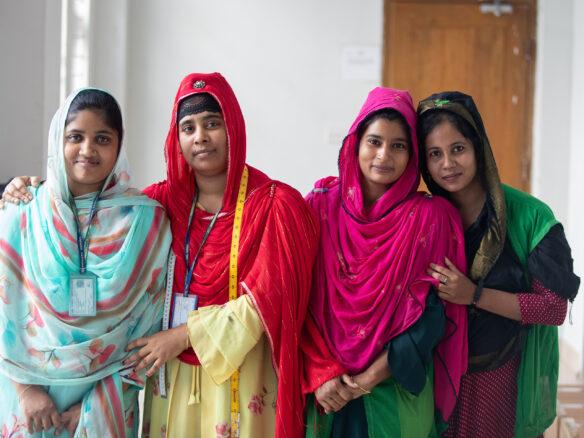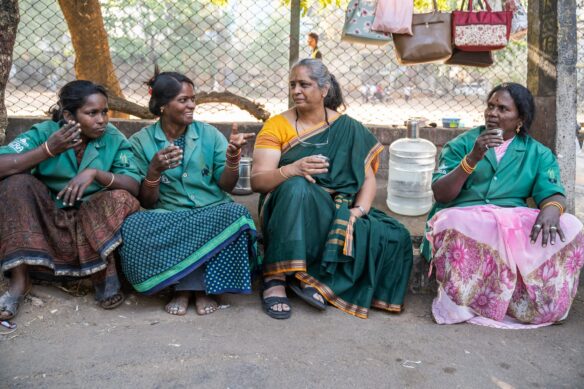The world today is dealing with immense challenges. We’re set to blow past the 1.5°C global warming target established by the Paris Agreement and the number of people in need of humanitarian aid increased by 25% in the last year alone. At the same time, many countries are still struggling to recover from the negative impact of the COVID-19 pandemic, as well as Russia’s war in Ukraine which pushed up food and fuel prices, leaving many poor families unable to meet their basic needs.
Unprecedented challenges also call for unprecedented efforts to tackle complex problems. Applying a systems change perspective allows actors as diverse as non-governmental organisations, businesses, and governments to create interventions that address the underlying root causes of complex problems and tackle the drivers of poverty and inequality.
What is systems change?
According to the Observatory of Public Innovation, systems change requires working across organisational boundaries and scales. By applying a systems lens to complex problems, organisations can map the dynamics of the system they’re trying to improve, explore the relationships between different actors in the system, and identify suitable interventions. The method requires a shift in mindset from linear thinking to embracing the complexity and interconnectedness of systems, individuals, and problems.

“System change is about confronting the root causes rather than the symptoms by transforming structures, customs, mindsets, and power dynamics,” said Charlotte Brunnström, strategy lead at H&M Foundation.
Since 2020, the foundation has been implementing the so-called Collective Impact method, a highly structured collaborative model where a diverse group of actors come together in partnerships to solve complex social challenges. The aim of the method is precisely to achieve this deeper systems change, explained Brunnström.
“As a philanthropic foundation, we can engage in long-term initiatives that are not just about head-counting or finding a quick fix. And as a non-profit, we can engage in activities that focus on perception change and behaviour change, but also trying to change power relations and resource flows, which takes time,” she said.
How does the Collective Impact method work?
The CI method consists of a cluster of implementing partners each providing an intervention. Together, they provide a holistic solution to the primary actor – sometimes referred to as beneficiaries in other models – through deep collaboration coordinated by one, neutral backbone organisation.
In Bangladesh, for example, the H&M Foundation has set up a CI initiative called Oporajita – meaning “undefeated” in Bengali – to help prepare and equip women garment workers for the changes brought about by increased automation of the ready-made-garments, or RMG, industry. The livelihoods of women garment workers are particularly at risk. “The reason for this is two fold. Many women lack the necessary skills and are sometimes also illiterate. But the big problem is that there are a lot of deep-rooted stereotypes in Bangladesh, saying that women cannot work with advanced tech and that they aren’t capable of leadership positions,” said Brunnström. That’s why only providing skills training isn’t enough – the initative also works to change these harmful gender norms, but also to ensure women have access to childcare and create a decent work environment.

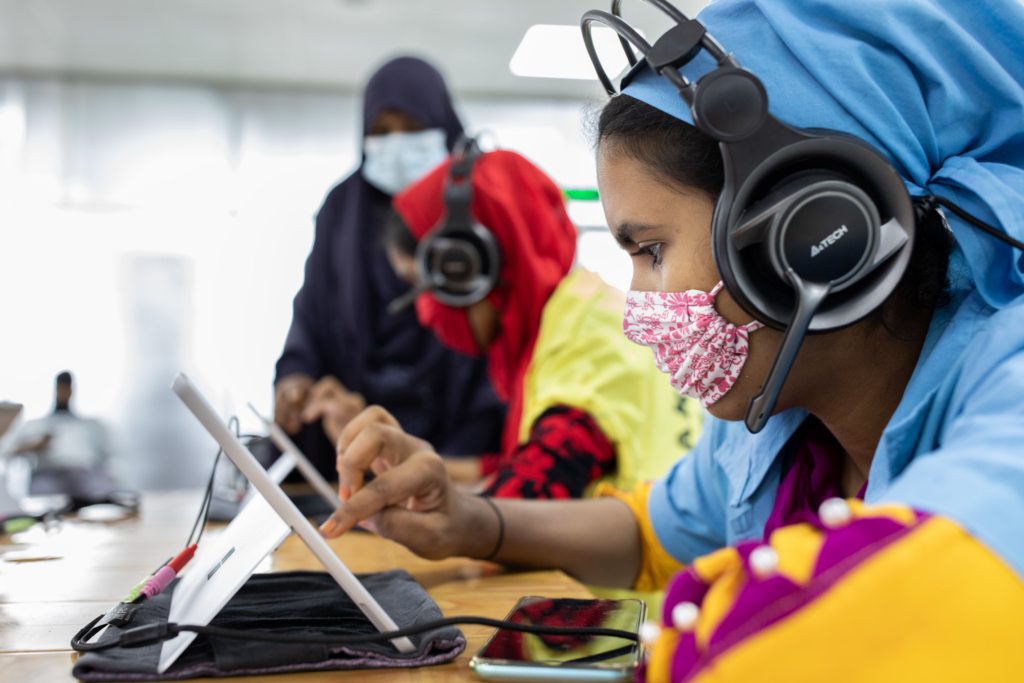
The Asia Foundation, as the backbone organisation, coordinates the efforts and communication between the 11 implementing partners which jointly offer interventions ranging from creating sustainable livelihood alternatives for unemployed workers to addressing gender-based discrimination and harassment.
Another CI initative supported by the H&M Foundation is Saamuhika Shakti – meaning “collective strength” – in India, which works to enable informal waste pickers to have greater agency to lead secure and dignified lives. To many of India’s rural population who migrate to larger cities such as Bangalore in search of better economic opportunities, waste picking is often a gateway occupation until they manage to get settled and make more connections, explained Akshay Soni, the executive director of Saamuhika Shakti and a managing director at The Nudge Institute, the programs’ backbone organisation.

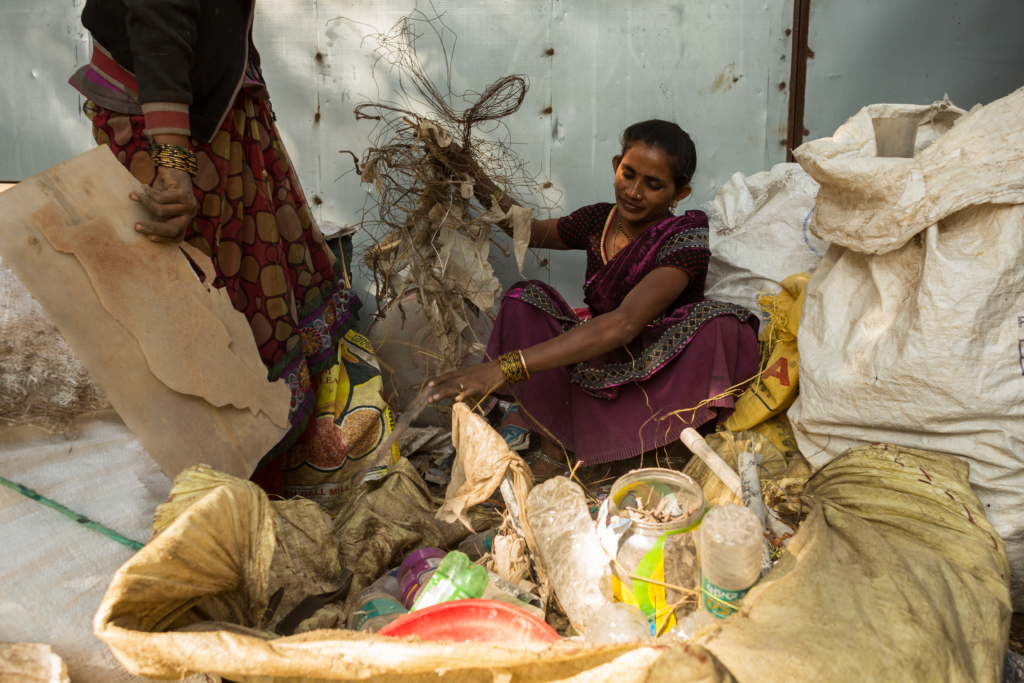
Waste pickers also play a crucial role in ensuring materials such as plastics are recycled. Globally, only about 9% of plastic gets recycled. In India, that number is over 30%, and it’s mainly because of waste pickers, explained Soni. Despite their crucial role in the recycling ecosystem, their work is often met with stigma and prejudice from the rest of the population.
Working with partners to offer a holistic solution
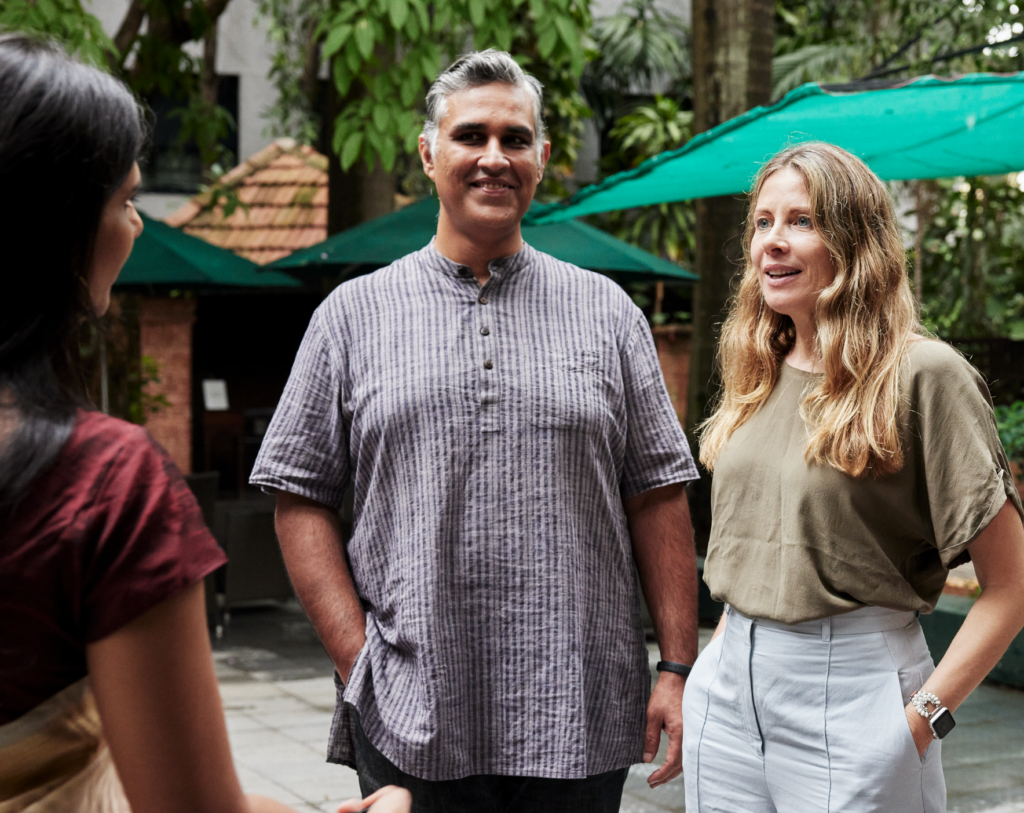
The benefits of the CI method lie in bringing together specialist organisations to jointly address a multi-layered, complex problem, explained Soni. Organisations that run all sorts of different interventions for a community rarely manage to scale because they are generalists. “And generalists who are doing a lot of different things are unable to lower the cost of the intervention on a per-person basis, to give a great ROI [Return on Investment] on philanthropic money,” he said.
Specialist organisations, on the other hand, look at one problem really deeply and “solve for it by uncovering the layers of the onion right down to the root causes,” he said. The CI method allows you to bring together a group of specialist organisations to solve for a single community, explained Soni. “So you’ve lowered the cost of the intervention by using the specialists and getting them to come together.”
“The CI method allows you to bring together a group of specialist organisations to solve for a single community”
Akshay Soni
In the case of Saamuhika Shakti, that means some organisations are focusing on providing vocational training and life skills for the waste pickers, while others are working to improve professional pride among waste pickers and to encourage Bangalore’s general population to respect and value waste picking.
When Sivalami was 13 years old, she used to go waste picking with her mother whenever the family needed some extra income. She has experienced the stigma that comes with the profession firsthand. “If it was a male who was waste picking, they [the community] would still have some respect for them. But because it was a woman leading the family and going waste picking, they would often accuse us of being thiefs, of stealing,” she said through a translator.
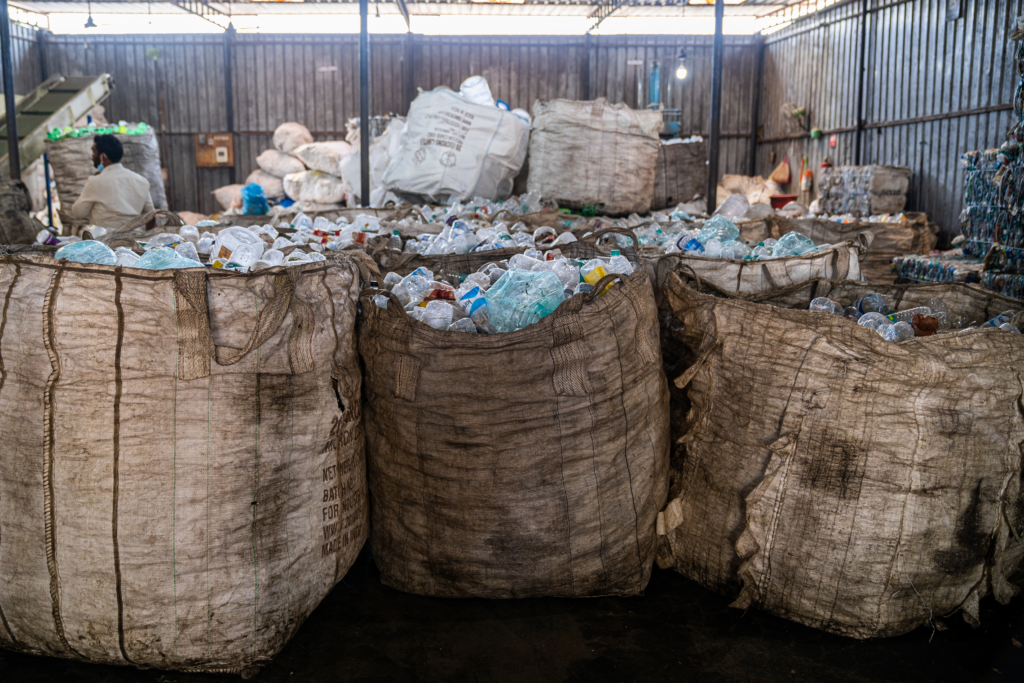
However, she would also feel pride in ensuring the plastic she picked got recycled. ”The knowledge that when I pick up plastic, I’m making sure it’s getting made into something else. And if I don’t pick it up, it will just be there in the soil and not degrade for years and years,” she said.
Sivalami stopped waste picking eight years ago when she got married, and now works as a community health care worker and has also participated in the tailoring classes offered by the Saamuhika Shakti initative.
The CI method also places a lot of importance on engaging directly with primary actors who have lived experience around the issues each program is trying to solve. During the design phase of the inititive, the backbone organisation ensure their needs and views are taken into account when creating each intervention. “They need to also be part of the solution,” said Soni.
Implementing the Collective Impact method
The CI method is built on a shared vision, shared agenda, shared goal, and unique metrics for each organisation, explained Brunnström. At the beginning of a program, all the implementing partners are convened by the backbone organisation to jointly develop this common agenda and metrics. The shared measurement system includes different indicators linked to each implementing organisation’s specific intervention, but also indicators that are linked to the common goal and the common agenda, explained Brunnström.
This helps to track progress, but also to ensure mutually reinforcing activities, coordinate each partner’s activities, and encourage continuous communication so that everyone knows what others are working on. The evaluation of a CI initiative is not quantitative and simple, for example, counting the number of people engaged in an activity is not super important for us, added Brunnström. “We are more focused on other kinds of more long-term results such as changing policy, power dynamics, or resource flows.”
A key part of each CI initative is a strong and neutral backbone organisation – which is carefully selected by the H&M Foundation – consisting of a local team dedicated to coordinating the work of the cluster. The backbone is not an implementing organisation itself but works like our extended arm in-country, coordinating the daily work of all the implementing actors, explained Brunnström, adding that it’s also crucial for fostering cross-sector communication.
“The CI method is built on a shared vision, shared agenda, shared goal, and unique metrics for each organisation.”
Charotte Brunnström
One of their key responsibilities is to get actors within the cluster to collaborate. At the start, The Nudge Institute assumed that organisations would collaborate – but they did not, explained Soni. A lot of nonprofits have the so-called “not-invented-here-syndrome,” meaning they are often reluctant to implement other organisation’s interventions even if they might be effective, he explained. The CI method works to change that mindset and they ended up introducing collaborative KPIs to incentivize collaboration – and it worked, explained Soni.
“The backbone organisation plays this cohesive role because they have the overview of the entire program, they understand who’s doing what and how we can leverage each other’s strengths,” said Saurabh Dey, manager at the Circular Apparel Innovation Factory, one of 11 implementing partners in the Oporajita initative in Bangladesh as well as a partner in Saamuhika Shakti.
“The backbone organisation plays this cohesive role because they have the overview of the entire program, they understand who’s doing what and how we can leverage each other’s strengths”
Saurabh Dey
Each implementing partner is responsible for or “leading” at least one workstream and is then encouraged to collaborate and support other organisations on theirs. The Circular Apparel Innovation Factory, for example, works on three different workstreams: identifying alternative employment opportunities with a circular economy lens, ensuring micro-entrepreneurs adopt circular practices, and promoting circular innovation in the textile R&D space, explained Dey. They lead the work on the first workstream and support other organisations in the cluster on the other two.
To him, the greatest benefit of the CI method is “targeting an intervention based on a primary actor rather than focusing on a huge geography and [having] each organisation trying to come up with their own agenda…it allows you to ensure the primary actors get the holistic support they require,” said Dey.
Lessons Learned from Collective Impact
One of the biggest benefits of the CI method is precisely the collaboration it encourages, but for that to work, funders need to be willing to invest in the added cost of a backbone organisation and also accept that not all impact will easily be traced back to each and one of the organisation. “Most philanthropic money globally is focused on breadth of intervention, not depth of intervention, which is where it starts to fall apart. So that is the problem of actually getting people to collaborate,” said Soni.
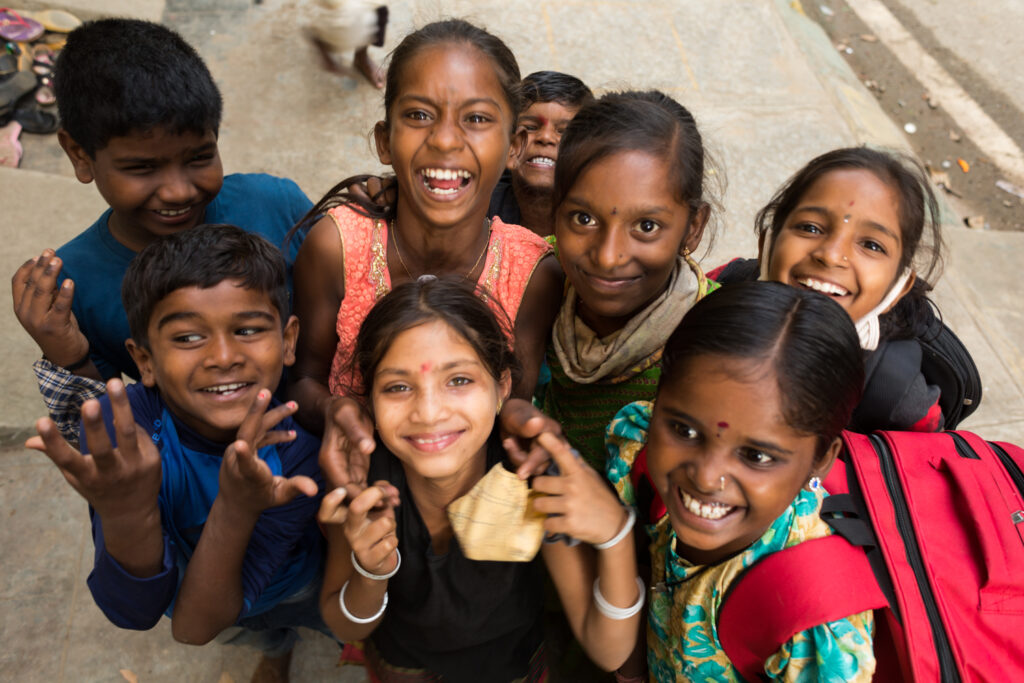
Funders such as H&M Foundation have the opportunity to catalyze change and impact with big bets and collective actions. “As innovators, philanthropic organisations can test new ideas and adopt innovative approaches, so philanthropy should use these advantages to focus on the root causes of the current broken systems,” said Brunnström.
It’s also important to invest time and funding for everyone in the cluster to establish relationships and to build trust. “I think that’s a prerequisite for everyone to be transparent about the challenges that they’re facing, and ways to help each other,” said Brunnström.
Together with the backbone organization we need to ensure coordination and accountability among all the members of the cluster and foster the trust needed to achieve long-lasting and collective change, she added.

